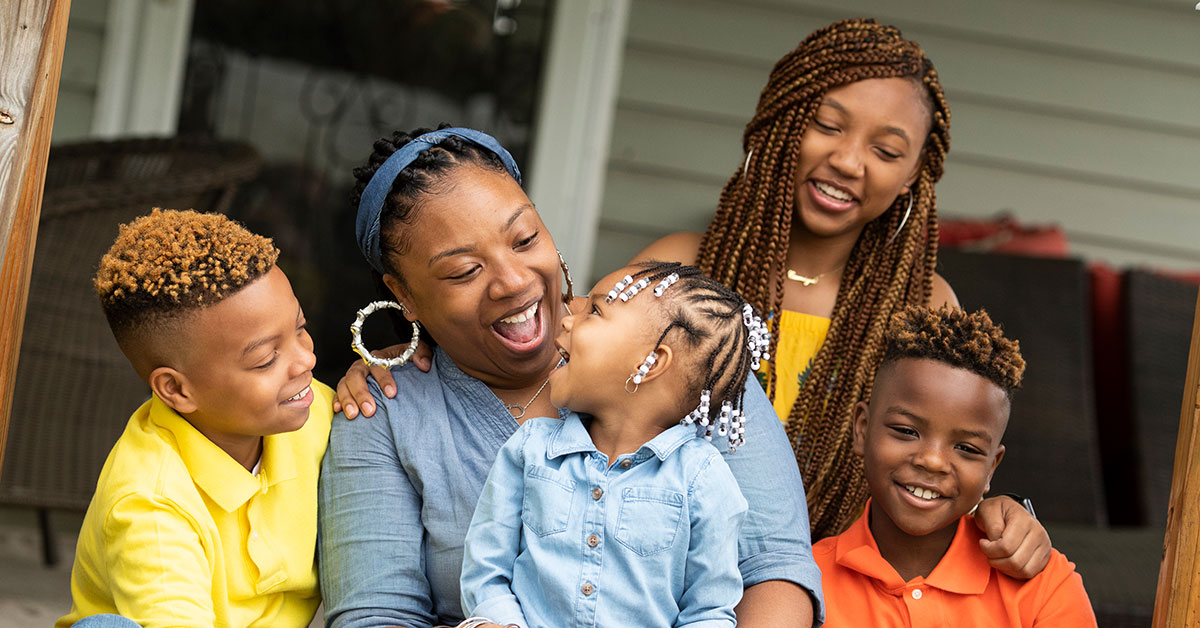Locations
United States

Youth transitioning out of foster care: Received special education services by race/ethnicity in United States
Youth transitioning out of foster care: Received special education services by race/ethnicity
Downloading image...

Definition and Source
PROVIDER
Definition
The number and percentage of young people ages 14 and older who received special education services paid for or provided by the State agency through the John H. Chafee Foster Care Independence Program (CFCIP) in the fiscal year (FY). Percentages are based on the total number of young people ages 14 and older who received any services through the in the fiscal year.
Special education services refers to instruction designed to meet the unique needs of a child with disabilities at not cost to parents.
Special education services refers to instruction designed to meet the unique needs of a child with disabilities at not cost to parents.
Data Source
Child Trends analysis of data from the National Youth in Transition Database (NYTD) - Services File.
States report semiannually on all young people receiving any federally funded, Chafee Independent Living Service (ILS). These administrative datasets are released annually. Because these data only include information on Chafee-funded services, they will not capture any ILS funded through other sources.
NYTD data are used with the permission of Cornell University’s National Data Archive on Child Abuse and Neglect website. The collector of the original data, the funding agency, NDACAN, Cornell University, and the agents or employees of these institutions bear no responsibility for the analyses or interpretations presented here.
States report semiannually on all young people receiving any federally funded, Chafee Independent Living Service (ILS). These administrative datasets are released annually. Because these data only include information on Chafee-funded services, they will not capture any ILS funded through other sources.
NYTD data are used with the permission of Cornell University’s National Data Archive on Child Abuse and Neglect website. The collector of the original data, the funding agency, NDACAN, Cornell University, and the agents or employees of these institutions bear no responsibility for the analyses or interpretations presented here.
Notes
S - Data suppressed due to a low number of individuals for an individual data point (<10), a low number of individuals in a single racial or ethnic group within a state/territory (<25), and/or a low number of overall individuals from a state/territory (<25).
This analysis restricted the dataset to those 14 years or older. Because data is collected semiannually, young people can be included twice in the same fiscal year. To avoid duplicated counts in this analysis, only the most recent record for young people who were receiving services in both reporting periods.
This analysis restricted the dataset to those 14 years or older. Because data is collected semiannually, young people can be included twice in the same fiscal year. To avoid duplicated counts in this analysis, only the most recent record for young people who were receiving services in both reporting periods.
Last Updated
October 2025